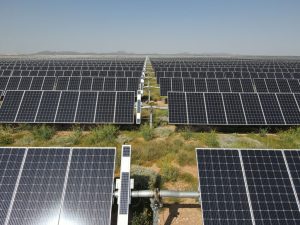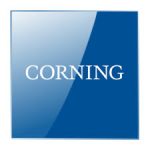

Corning continues to optimize processes to reduce energy use, invest in energy efficiency projects, and communicate opportunities and best practices across its business.
They look for opportunities to use renewable energy through both onsite and offsite production, including through virtual power purchase agreements (vPPAs) with additionality, community solar projects, and green tariffs. Corning signed agreements for solar projects in three locations — two in the United States and one in Taiwan — adding 126 MWdc of capacity to Corning’s renewable energy portfolio. The Afton, New York, vPPA was signed in 2021 and became commercially operational in 2022.
According to the 2022 Solar Energy Industries Association report, Corning is one of the largest users of solar energy in the United States, ranking 4th within the manufacturing sector.

The production of renewable electricity is certified by Energy Attribute Certificates (EACs). These are the accepted legal instrument through which claims of renewable energy generation and consumption are substantiated in the global renewable energy market. There are different types of EAC for different regions of the world, and they are all in compliance with the quality criteria set by the Greenhouse Gas Protocol in the latest Scope 2 guidance document.